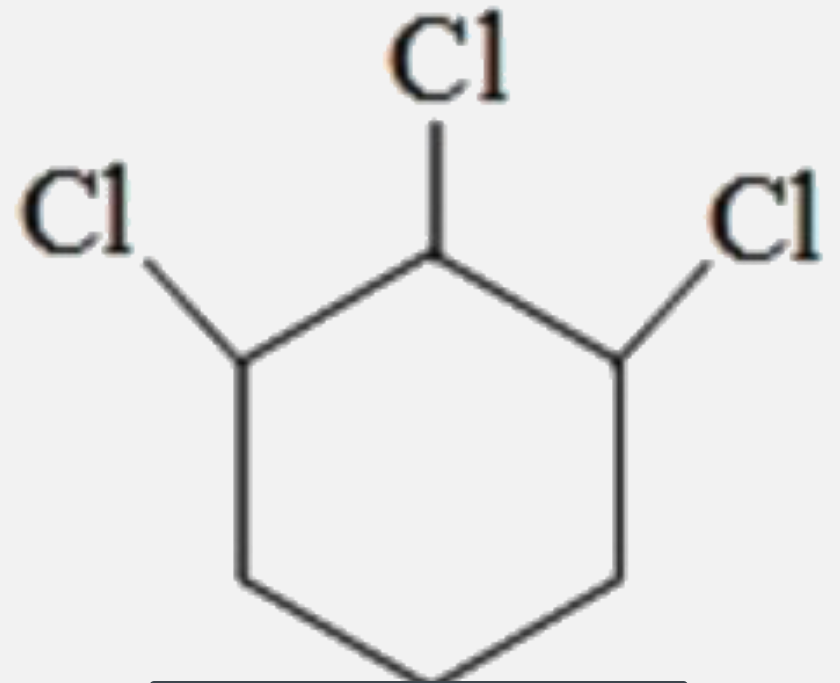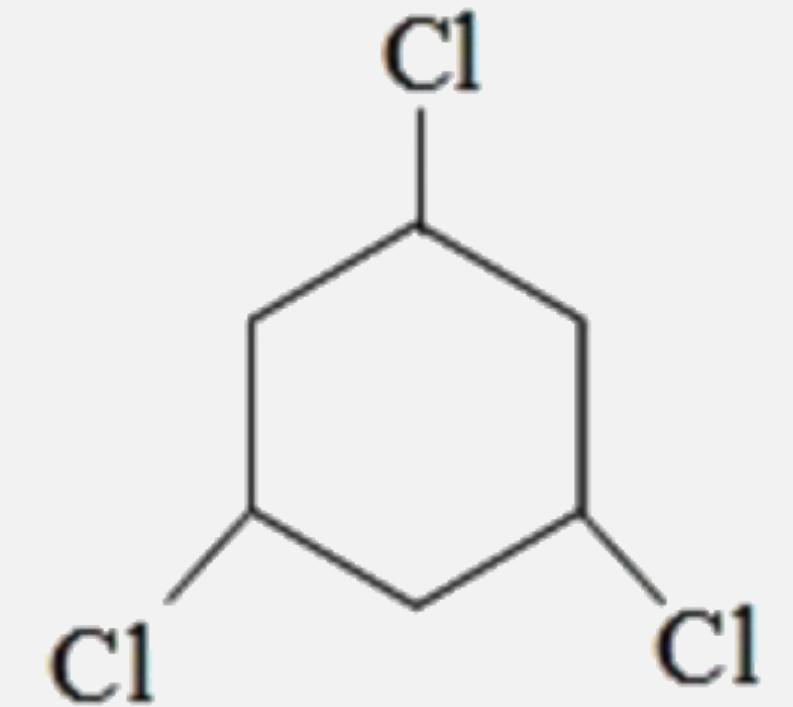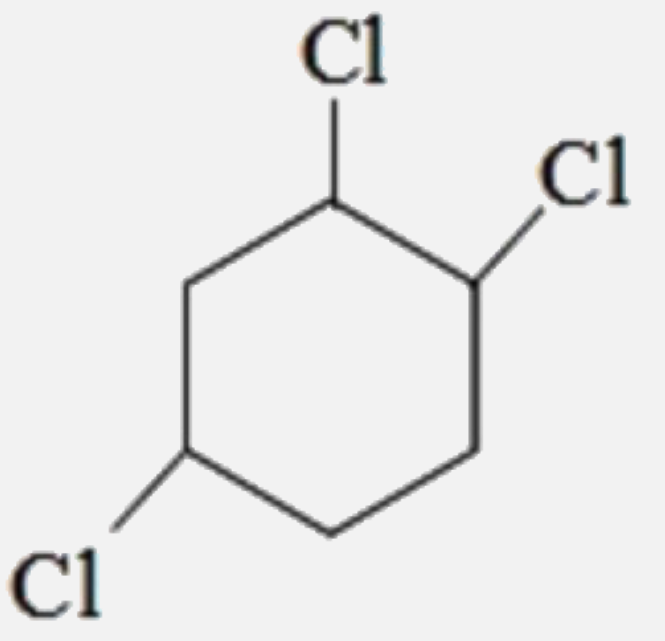Which of the following compounds does not have any geometrical isomer?




The correct Answer is:D
To determine which of the given compounds does not exhibit geometrical isomerism, we need to understand the conditions necessary for geometrical isomerism to occur. Here’s a step-by-step solution:
Step 1: Understand Geometrical Isomerism
Geometrical isomerism occurs when compounds have the same molecular formula but different spatial arrangements of atoms. For a compound to exhibit geometrical isomerism, it must meet the following criteria:
1. Restricted Rotation: There must be a double bond (alkenes) or a ring structure (cycloalkenes) that restricts rotation.
2. Different Groups: The carbon atoms involved in the isomerism must have different groups attached to them.
3. Planarity: The compound must be planar to allow for the different spatial arrangements.
Step 2: Analyze Each Compound
Let’s analyze the compounds one by one:
1. Compound A: If this compound has two different groups attached to each of the relevant carbon atoms, it can exhibit geometrical isomerism.
2. Compound B: Similarly, if this compound has different groups attached to the carbons involved in the double bond or ring structure, it can also exhibit geometrical isomerism.
3. Compound C: If this compound has a carbon atom with two identical groups (e.g., two hydrogens), it cannot exhibit geometrical isomerism because there are not two different groups to compare.
4. Compound D: If this compound has different groups attached to the relevant carbon atoms, it can exhibit geometrical isomerism.
Step 3: Identify the Compound Without Geometrical Isomerism
From the analysis, we can conclude that the compound that has two identical groups attached to the same carbon atom does not exhibit geometrical isomerism. This is because geometrical isomerism requires two different groups to compare (cis and trans).
Conclusion
Thus, the compound that does not have any geometrical isomer is Compound C (the one with two identical groups on one of the carbons).
---
Geometrical isomerism occurs when compounds have the same molecular formula but different spatial arrangements of atoms. For a compound to exhibit geometrical isomerism, it must meet the following criteria:
1. Restricted Rotation: There must be a double bond (alkenes) or a ring structure (cycloalkenes) that restricts rotation.
2. Different Groups: The carbon atoms involved in the isomerism must have different groups attached to them.
3. Planarity: The compound must be planar to allow for the different spatial arrangements.
Let’s analyze the compounds one by one:
2. Compound B: Similarly, if this compound has different groups attached to the carbons involved in the double bond or ring structure, it can also exhibit geometrical isomerism.
From the analysis, we can conclude that the compound that has two identical groups attached to the same carbon atom does not exhibit geometrical isomerism. This is because geometrical isomerism requires two different groups to compare (cis and trans).
Thus, the compound that does not have any geometrical isomer is Compound C (the one with two identical groups on one of the carbons).
Similar Questions
Knowledge Check
- Question 1 - Select One
Which one of the following compounds will show geometrical isomerism ?
ACH3−CH=CH2BCH3−C∣CH3=CH2CCH3−C∣CH3=CHDDCH3=CH=CHD - Question 2 - Select One or More
Which of the following compounds can exhibit geometrical isomerism?
A B
B C
C DC2H5−CH=CH−CH=CH
DC2H5−CH=CH−CH=CH - Question 3 - Select One or More
Which of the following compounds can exhibit geometrical isomerism?
AH3C−CH2−CH=CH−CH3B C
C D
D
Which of the following compound does not have allylic chloride
View SolutionWhich of the following compounds will not show geometrical isomerism?
View SolutionWhich of the following compound does not have isolated diene
View SolutionWhich of the following compound does not have hydrogen bonding :
View SolutionWhich of the following compounds does not have similarity in their structural aspects?
View Solution

